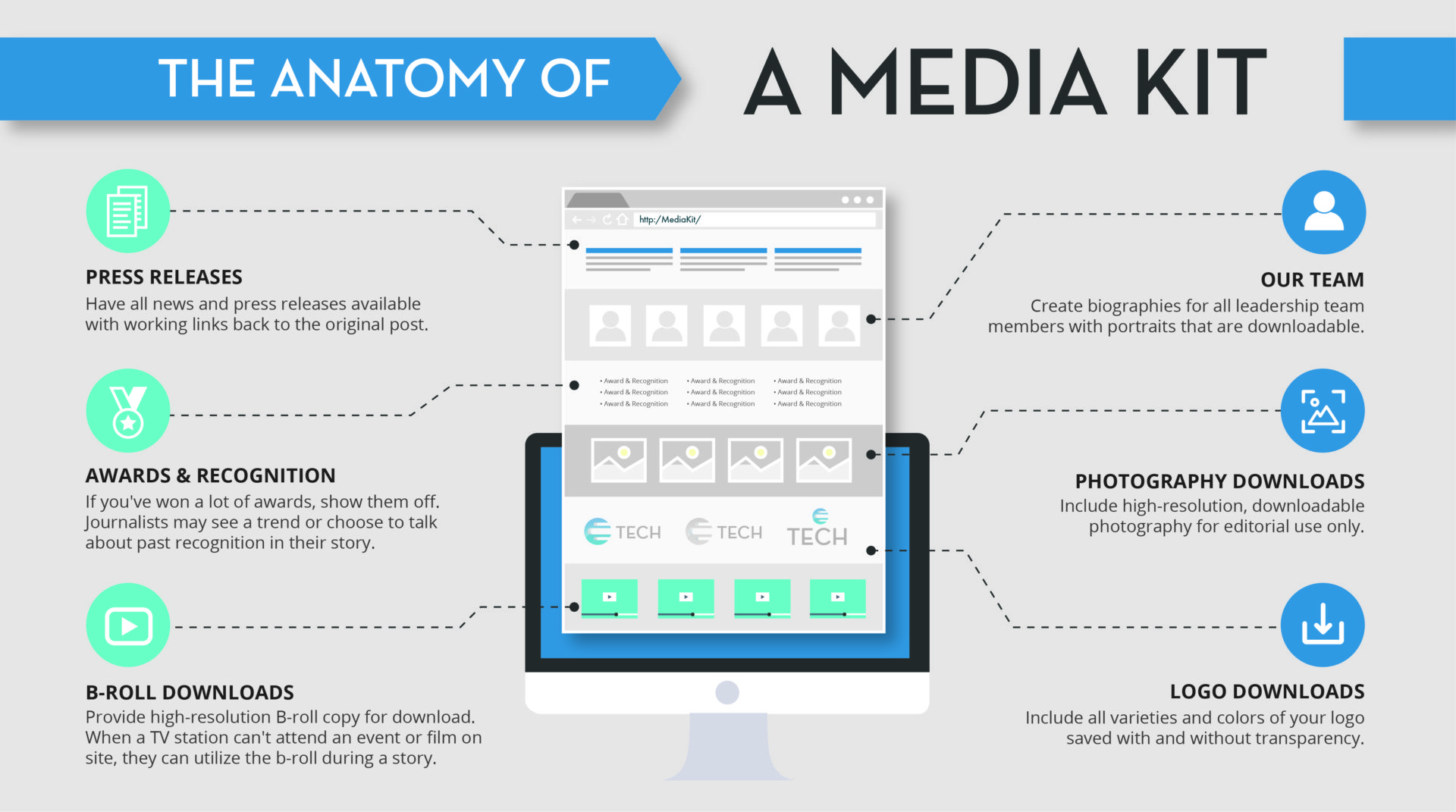For all its abridgements and corruptions, “the news” at least gives us a baseline against which we can measure the truth. Yes, it’s all too fashionable to call it all fake news and discount the credibility of every vestige of traditional journalism, but do we really believe that reporters are all out to pursue hidden idealistic agendas? The job certainly doesn’t pay well enough and a local journalist doesn’t even get the celebrity payoff of the national “journalists” like Sean Hannity. No, call me sentimental, but I still believe there remains virtue in the pursuit of truth, however tough the job may be. Hats off the local news!
Where’s the innovation?
That said, there does seem to be an abysmal lack of innovation in local news. As shrinking circulation and readership cuts in on ad dollars, the only true innovations we’ve seen in the locals are advertorials and sponsored content. Other attempts at engagement like twitterifying the news and installing the comments section, which my father refers to as the “snake pit,” have produced little more than opportunities for our nation’s sea of entitled complainers to air their first world grievances.
No – something’s gotta change, and that’s what I’m most interested in. How can our local papers or communities reclaim the pursuit of truth, context and a well-educated electorate?
 The role of the reporter in 21st Century news: an accountable curator of content
The role of the reporter in 21st Century news: an accountable curator of content
If we’ve determined that we need a professional to ensure the best possible version of truth be told, this role will be crux in unlocking the future of news.
Instead of a team of reporters beneath a mastermind editor, perhaps the next generation of the locals look more like bloggers, each with a niche genre (or beat) and a niche audience with whom they develop a conversational relationship. In pursuit of the story, these curators leverage the full force of physical and digital record to piece together stories from in-person video interviews, social media testimony, past news stories and investigative research. They use stabilized smartphones to capture video and photo imagery for a visual-hungry audience and pocket drones to capture aerials.
 To maintain accountability, they record every interview as video to the cloud, which automatically sends copies to their inbox, their interviewees, and their licensing news agency. What’s more, every story with the potential for controversy follows a point-counterpoint template that requires a documented good faith effort to reach both sides. Reporters earn the trust of their community through consistent stewardship of the truth, and they earn and renew licensing from a national bar of journalistic standards in order to keep the job.
To maintain accountability, they record every interview as video to the cloud, which automatically sends copies to their inbox, their interviewees, and their licensing news agency. What’s more, every story with the potential for controversy follows a point-counterpoint template that requires a documented good faith effort to reach both sides. Reporters earn the trust of their community through consistent stewardship of the truth, and they earn and renew licensing from a national bar of journalistic standards in order to keep the job.
And last, and perhaps most important, we all agree to start paying for it. Truth isn’t free. Lies are. Advertising corrupts the quality of stories, the context in which they appear and worst of all the newsroom choices on what is news and what is not. If we want to see a true revolution in local news, there needs to spring forth a paid model, where we put our money where our mouth is when we talk about how much we value the truth. As the old adage goes Good-Fast-Cheap, Pick Two. If we want our news good and fast, it will not be cheap.
I won’t posit to have a solution for this, but my hunch is that it would be subscription-based with variable costs based on the number of “beats” you subscribe to. What matters most is that dollars find their way more directly into the pockets of the newsmen and newswomen without sticking to so many businessmen along the way.
I am watching eagerly the accelerating evolution of the news industry, and I hope soon to find the right opportunity to embrace a future of news that also includes a future of truth.
